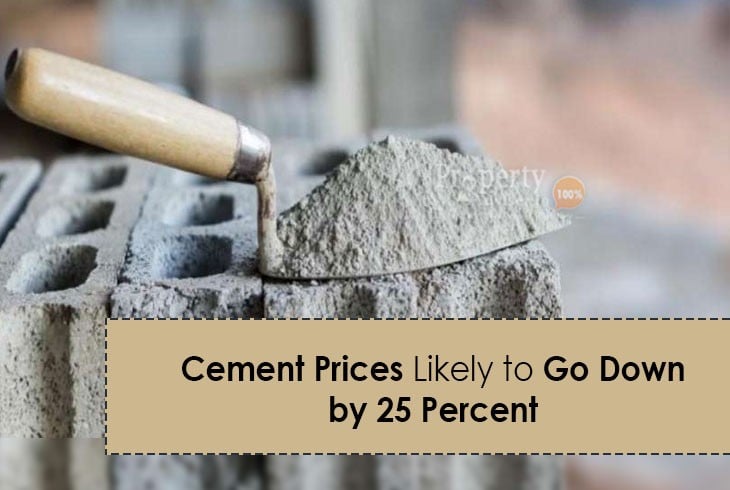As per rating agency ICAR, there are high possibilities of the cement prices going down by 25% this fiscal year. This measure is taken due to the recent COVID-19 lockdown and the restriction imposed in certain areas leading to delay in construction activities.
It is also predicted that there would be a reduction in operating profitability by 150-200 basis points (bps) in the current financial year. The construction in the urban areas will be slowed while the rural housing and infrastructure projects in remote areas will support cement consumption.
Due to the extended nationwide lockdown, ICRA expects cement demand to de-grow by 22-25 percent in FY2021. Apart from that, there’s also state wise lockdown that’s hampering the construction activities. This is the quarterly update shared by ICRA- the credit rating firm. Though the cement consumption has reduced, leading to low demand in the market, the prices of the cement would remain stable or marginally get corrected. This will also see a reduction in operating profitability by 150-200 basis points (bps) in the current financial year.
As per VP Anupama Reddy (ICAR rating assistant), the cement demand had gone down during the 40 days’ lockdown period. The demand has seen a sharp correction in Q1 FY2021 as there were restrictions imposed in different states and regions of cities. The demand may kick-off only from H2 FY2021 post monsoons.
As per estimates, housing, including the affordable housing segment and low-cost housing segment, accounts for around 65-70 percent of the cement demand, infrastructure by 20-23 percent, and rest by commercial and industrial CAPEX. It is estimated that commercial and industrial CAPEX will take a backseat in urban areas this fiscal year, whereas rural housing will see better demand for cement. The residential real estate sector is hampered over a long period due to subdued demand conditions and low spending power of the individuals. This is leading to high inventory overhang and a liquidity crisis in this pandemic.









